The Kawasaki Bayou 300 is the first 4WD off-road vehicle and is very popular. The owners know this all-terrain vehicle (ATV) is built for demanding conditions. It is a small workhorse ATV, perfect for those who love spending time outdoors.
Also, the four-wheel drive makes it perfect for tackling any terrain. Whether using it for hunting, fishing, or just exploring the great outdoors, the Bayou 300 is up for the task. But like any vehicle, it has its share of common problems.
Some of the Kawasaki Bayou 300 common problems owners face are electrical system issues, engine stalling, and carburetor problems. We will discuss some of the most common issues with the Bayou 300. With a little troubleshooting, you can often get your Bayou 300 back up and running again quickly.
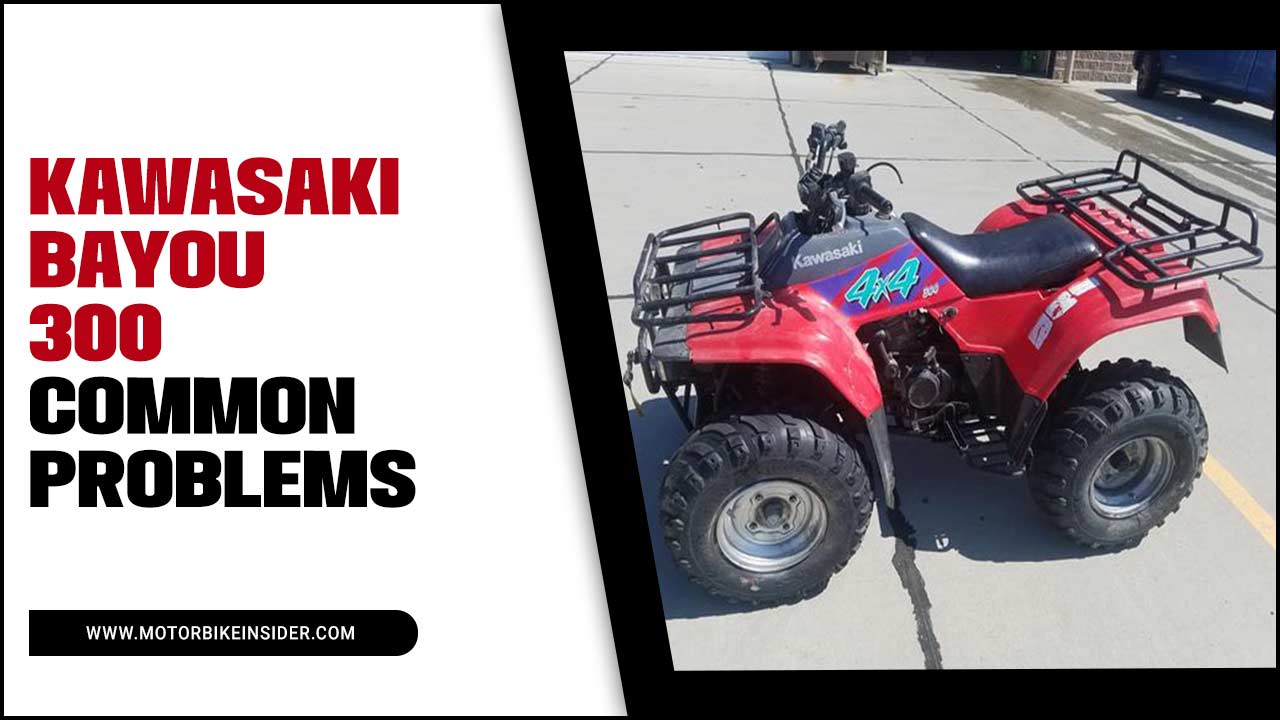
List Of Kawasaki Bayou 300 Common Problems And Solutions
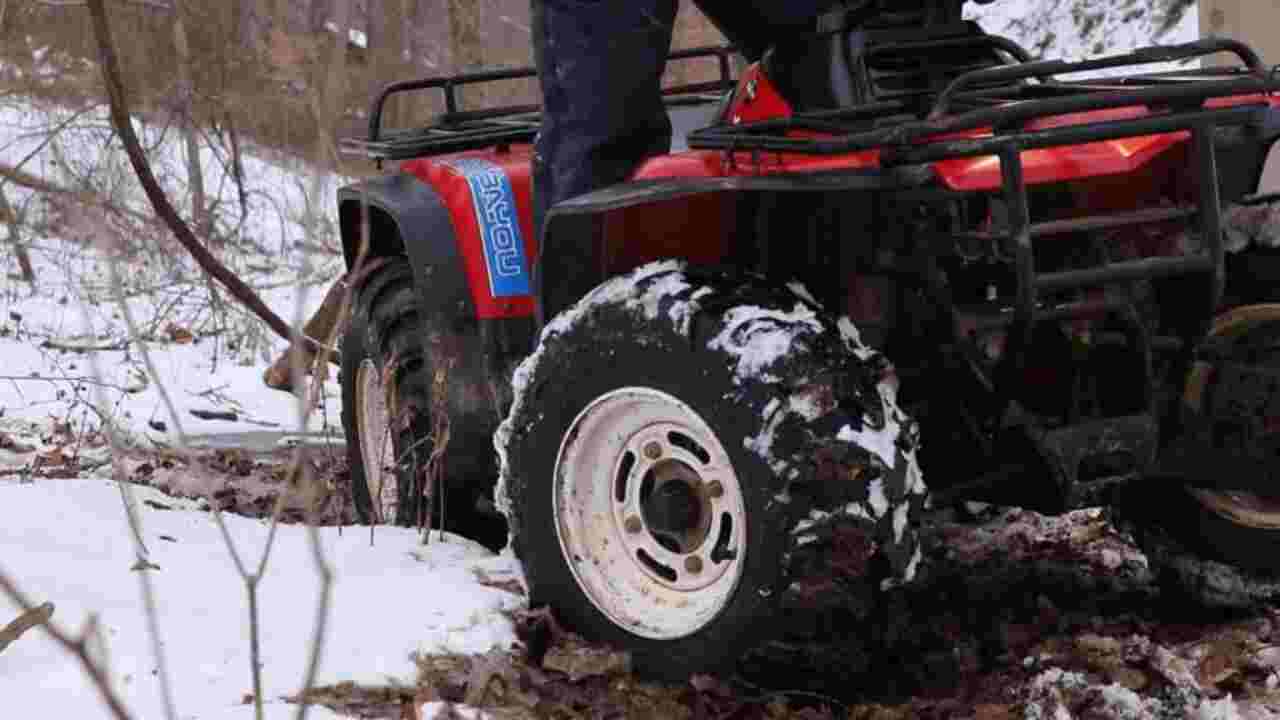
Kawasaki has presented us with many classic motorcycles over the years. However, the Kawasaki Bayou 300 created a storm in the market thanks to its true off-road performance. Its 4WD feature made the vehicle reliable for challenging conditions.
However, the ATV has been rather off-colored with time, largely because of its key problems. Kawasaki Bayou 300 common problems include a defective ignition key, engine performance stalling and misfiring, and oil leakage. A few owners have reported that the exhaust materials are low-quality, too.
| Problem Name | What Happens | Possible Solution |
| Squeaking/Strange Noises | The regulator fails to convert AC to DC | Replace the regulator |
| Defective Ignition Key Switch | Internal damage due to moisture | Use grease or replace the ignition key |
| Engine Stalling | Incorrect fuel flow or bad stator prevents the engine from firing | Inspect the health of plugs |
| Low Power Engine | No ability to deal with heavy loads | Replace filter, carb, and stock exhausts (for a power boost) |
| Low-Quality Exhaust Material | Rust on exhaust and noise appears | Replace the exhaust (slip-on) |
| Misfires/Backfires of Engine | Malfunctioned fuel system | Tune or replace the carburettor |
| Compromised Transmission | Difficulties in transmission shifting | Reroute or replace the reverse cable |
| Tire Wear | Tires wear off faster | Replace the tires |
| Oil Leakage | Blown head gasket | Clean or replace the head gasket |
So, you have seen some common issues in Bayou 300 ATVs at a glance. Please continue reading the rest of the discussion to understand the nature of these problems and their solutions.
Problem – 1: Squeaking/Strange Noises
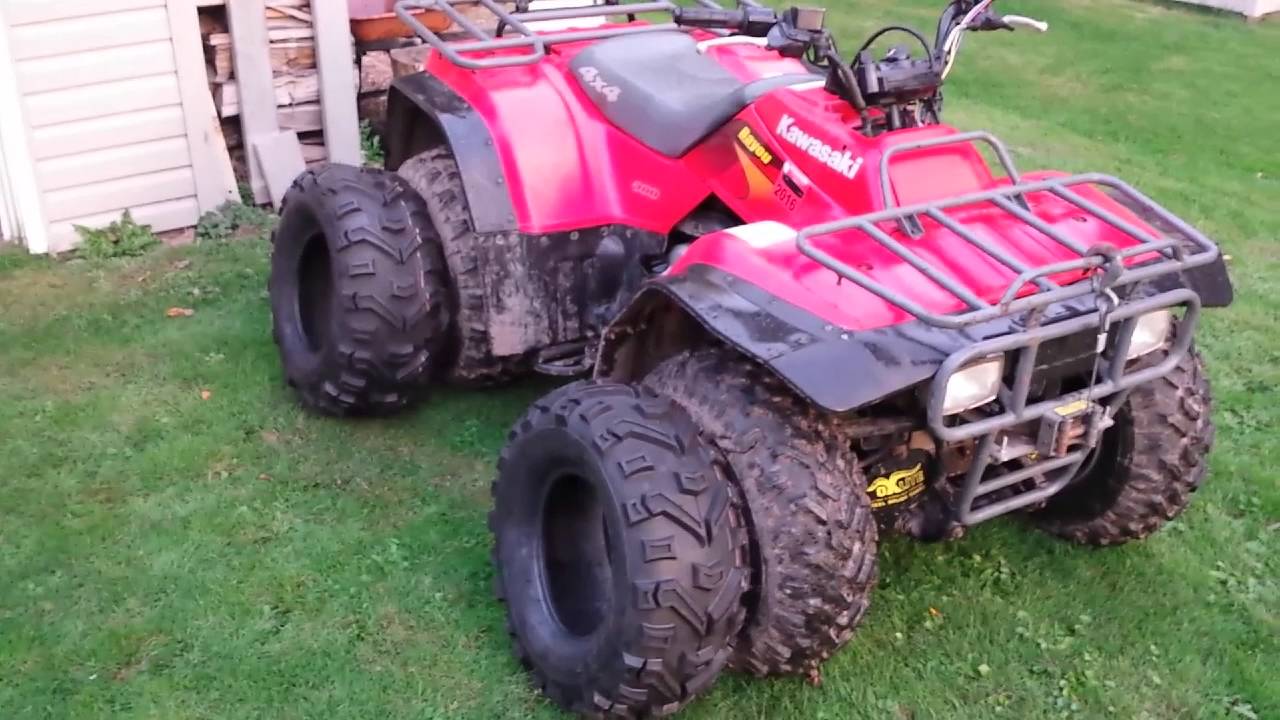
Nobody would love to hear any squeaking or strange sound of a piston that hits the cylinder wall. Many owners have faced this Bayou 300 problem, which you can consider a significant mechanical problem. The problem becomes more disturbing when you ride the ATV for hours during your challenge or games.
The squeaking sound irritates me. Also, it harms our ears and might even reduce our hearing ability for the time being. Unfortunately, many 4WD Bayou 300 riders have complained about this noise frequently.
The core reason for this problem appears to be a stopped rectifier or regulator. Fluctuation of voltage and moisture buildups prevent the regulator from working well. Gradually, this issue invites other problems like advancing the timing and pre-explosion from the ignition system.
Possible Solution:
One possible solution for squeaking or strange noises in a Kawasaki Bayou 300 is to check the condition of the drive belt. Over time, the drive belt may wear out or become misaligned, causing it to produce unusual noises. If you notice any squeaking or strange sounds coming from the ATV, it is recommended that you inspect the drive belt for any signs of damage or misalignment. If necessary, replace the drive belt with a new one compatible with your Kawasaki Bayou 300 model.
Problem – 2: Defective Ignition Key Switch
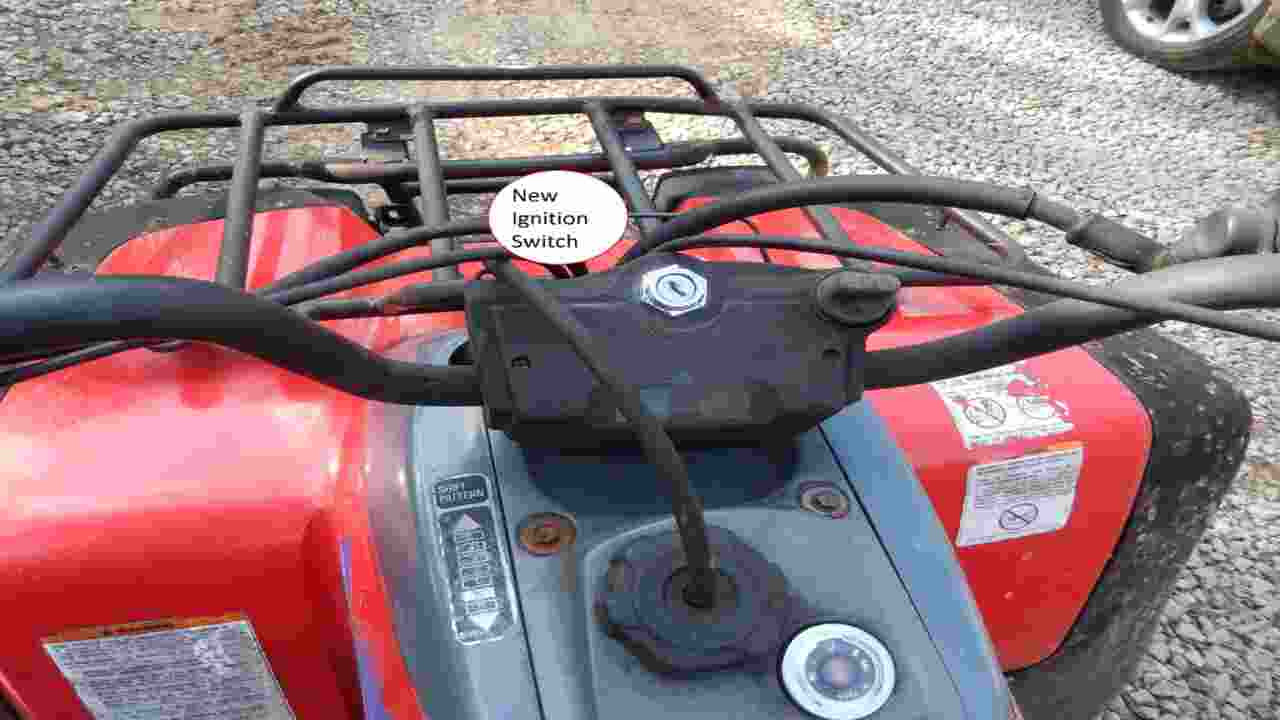
Several Kawasaki Bayou 300 riders claimed their bike builder had defective ignition key switches. It fails or damages as the ATV is susceptible to the domino effect of adverse weather conditions. Hence, the buildup of water and dirt in the ignition switch creates rust on a spring. This spring puts pressure on the internal contact points.
As a result, the voltage regulator that supplies current to the dead battery malfunctions. If the voltage rises more than usual, you may have burned components like glass light bulbs and cables.
Possible Solution:
One common problem with the Kawasaki Bayou 300 is a defective ignition key switch. It is recommended to regularly inspect and maintain the electrical components to prevent these issues from occurring. This can cause issues with starting the ATV or turning it off. If you are experiencing problems with your ignition key switch, there are a few possible solutions you can try:
- Inspect the ignition key switch for any visible damage or wear.
- The switch must be replaced if it appears damaged or worn out.
- Consult your ATV’s owner’s manual or seek assistance from a professional mechanic to ensure you have the correct replacement switch for your specific model.
- Disconnect the battery to prevent any electrical mishaps during replacement.
- Remove the old ignition key switch by carefully disconnecting any wires or connectors attached to it.
- Install the new ignition key switch by reconnecting the wires or connectors as they were before.
- Double-check all connections to ensure they are secure and properly fitted.
- Reconnect the battery and test the ATV to verify that the new ignition key switch is functioning correctly.
Problem – 3: Engine Stalling
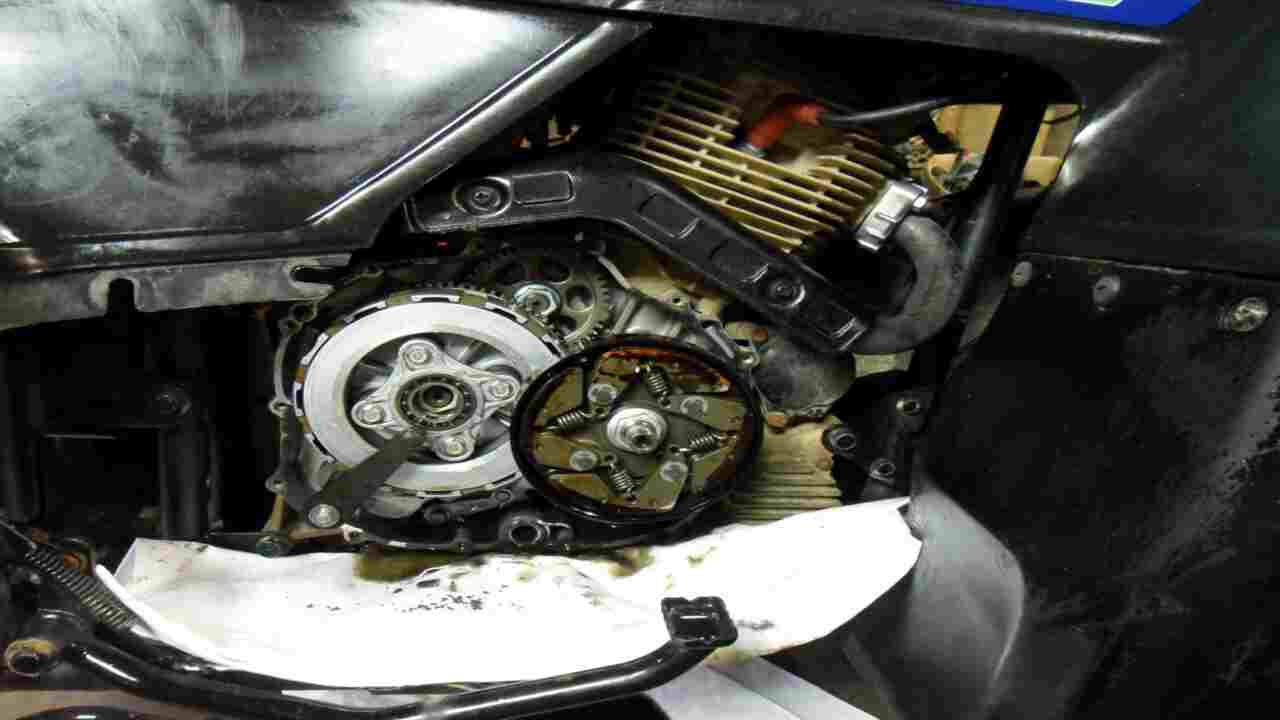
Engine stalling problems in the Kawasaki Bayou 300 are a common issue that various factors can cause. One possible cause is a clogged or dirty-fouled spark plug carburettor, which can restrict fuel flow and result in the engine stalling. Another potential cause is a faulty ignition system, such as a malfunctioning spark plug or ignition coil, which can cause intermittent stalling.
Additionally, issues with the fuel tank system, such as a clogged fuel valve filter or a failing fuel valve pump, can lead to engine rebuild stalling. It is important to regularly maintain and inspect these components to prevent or address any stalling problems.
Possible Solution
Check out the plug condition; you may need to change it if it’s not okay. You can use an electrical tape or cable tie to secure the wires for loose wire connection. Also, you should maintain the fording depth to keep vehicle parts far from moisture buildups. Solving other reasons may need the help of mechanics. Otherwise, you may contact the dealer to check out the issue.
Problem – 4: Low-Power Engine

Bayou 300 Kawasaki has a 4-Stroke SOHC 290 cc engine, which is sufficient for off-road trips, flat terrains, and light activities. But when you expect the engine to perform more powerfully, it may lag on its way to give you optimum performance. Using the quad kit bike program manager for hauling heavy loads in an area with large hills is not a good choice.
Possible Solution:
You may need to buy an ATV with a higher loss of power for a higher expectation. Otherwise, you can boost the performance of Bayou 300 by doing several things. If you install higher airflow filters for the engine, it can suck in a greater air filter volume.
You may also replace the carburetor needles to make access to more gas pass through. Then, the last suggestion will be the replacement of the stock exhaust to allow more air to leave the engine without any restrictions.
Problem – 5: Low-Quality Exhaust Material
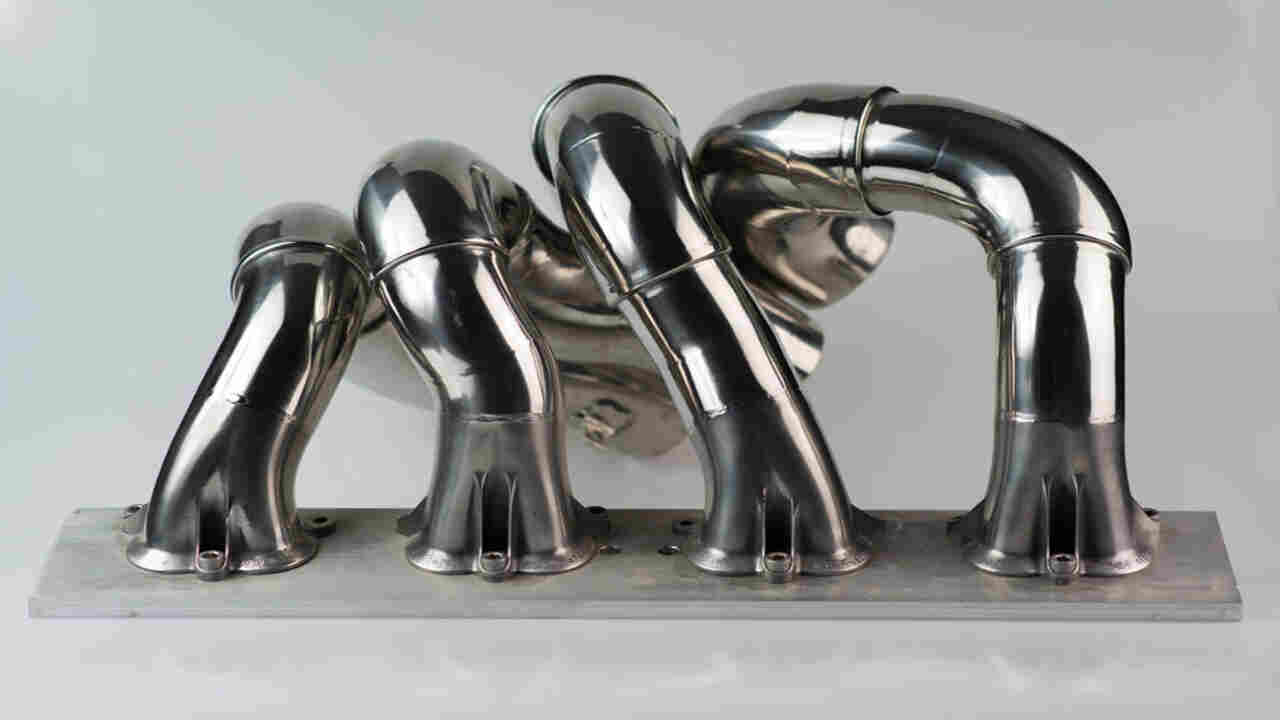
Several complaints were about the exhaust materials of Bayou 300 for their low-quality condition. After all, manufacturers tend to profit more while offering just good-to-go materials in the market. Following this, the exhaust components materials of this ATV are not up to the mark, resulting in rusted exhaust, noise, and vibration from them.
Possible Solution:
The exhaust system’s low-quality material is something you can’t fix ASAP. The gas tank on the Kawasaki Bayou 300 may develop leaks over time, leading to fuel spills and potential safety hazards. You must invest in a good muffler or properly maintain the existing exhaust system.
- Always try to keep your quad bike clean to reduce the possibility of rusting the exhaust.
- You may also cover the metal surfaces using a rust inhibitor once you dry them.
- Another solution can be scraping the rusted area. Then, apply some paint on the scraped area to resist gaining more rust.
- The last solution can be alternating the existing one with quality aftermarket slip-on exhaust.
Problem – 6: Misfires/Backfires Of Engine
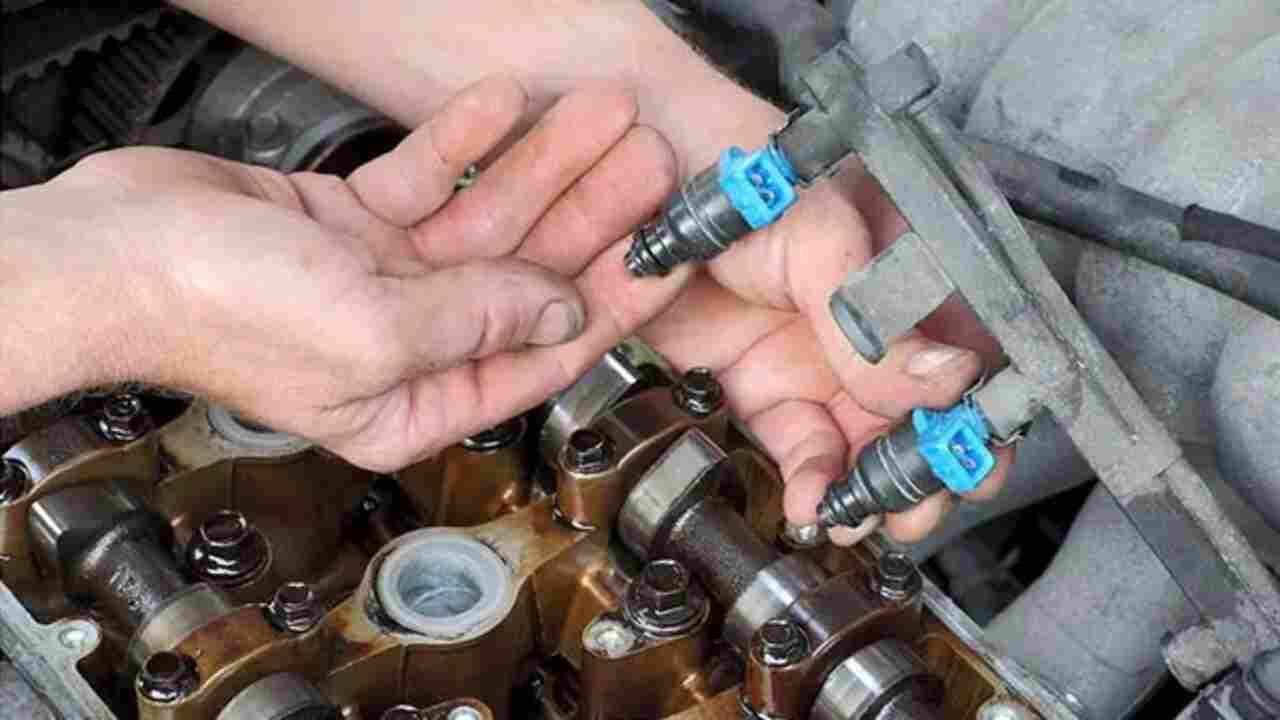
A misfire or backfire in Bayou 300 points to malfunctioning fuel lines or ignition systems. Unfortunately, it is another problem that you need to deal with often. The poorly tuned carb or fuel pump and incorrect valve timing may cause the engine to misfire or backfire.
Usually, the valve timing is incorrect when you hear a noise in certain situations. These situations can shift to fifth gear, throttle release, or below 20mph speed. Some other reasons can be the idle screw setting and incorrect assembling of exhaust valves. They may trigger engine backfiring, which no rider will love.
Possible Solution
In case of an improperly timed fuel-efficient pump, you should check the bike’s user manual first. Learn about the optimal pressure of the pump and time it accordingly. If you haven’t tuned the carb correctly yet, do it now.
You may consider the carburettor malfunctions when you start getting those noise situations for valve time. In that case, you may need to change the carb with alternative aftermarket products. Check out this video to learn about how to correct the valve timing in the Kawasaki Bayou 300:
Problem – 7: Compromised Transmission
Most Bayou 300 owners have faced a significant challenge: compromised transmission. You may find it difficult to switch the transmission, especially when you need fork removal and switch gears between multiple transmission modes.
The possible reason why your transmission shifting is not working smoothly is the faulty reverse cable. Typically, it connects the lever to the engine case. But a faulty one will turn sour or get stuck in the area.
If this cable is not the reason, you may consider that the springs or cams on the shift drum are responsible. Evidence shows that these things may wear out over time, gradually resisting the gear shifting.
Possible Solution
Another common problem with the Kawasaki Bayou 300 is related to the fuel system. Some owners have experienced issues with the carburettor, such as clogging or malfunctioning. A common issue with the Kawasaki Bayou 300 is compromised transmission. This can occur due to wear and tear, lack of maintenance, or other factors. To address this issue, there are a few possible solutions:
- Start by checking the transmission fluid level and condition. If the fluid is low or contaminated, it can cause transmission problems. Change the fluid and ensure it is at the proper level.
- The transmission filter may become clogged over time, leading to compromised performance. Replace the filter to improve transmission function.
- Incorrect clutch adjustment can cause transmission issues. Check the clutch cable and adjust it according to the manufacturer’s specifications.
- Improper gear shifting can put additional stress on the transmission. Ensure the gear shifter is properly adjusted and the transmission is shifting smoothly.
- If the above solutions do not resolve the issue, it may be necessary to have the transmission repaired or replaced by a qualified mechanic.
Problem – 8: Tire Wear

A healthy tire or tire in good condition helps ride any vehicle. However, some production years of the Bayou 300, when full-time 4WD came to the market, had tire-wearing issues. If you have bought Bayou 300 of these years, there is a possible chance of getting worn-out tires.
It’s mostly because this 4-wheeler needs consistent grip and tractions to move faster. As a result, you need to worry about tire condition. Also, you may need to spend some more time solving the issue.
Possible Solution:
Some owners have reported issues with the brakes on the Kawasaki Bayou 300. This can include brake pads wearing out quickly or the brake lever becoming loose or unresponsive. It is crucial to regularly inspect the brake system and replace worn-out parts to ensure safe operation of the vehicle. As the tires are worn out, you can’t replace them. So, you must buy the right tires and then change the older ones.
- Find out which tires are compatible and work longer with Bayou 300 ATV.
- Then, replace the existing worn-out tires with those compatible ones.
- You may do it yourself or take the help of a mechanic. If you do it, use a manual car jack to lift the 4WD ATV and remove the screws one by one.
- After you have removed the screws, change the old tire with the new one. Also, ensure that it has adequate tire pressure for off-road riding smoothness.
- An alternative solution can be reducing the pace of the bike to increase its lifespan and shorten the tires’ traction.
Problem – 9: Oil Leakage

A few ATV owners have claimed that their 4-wheelers faced oil leakages after a specific riding time. They were not happy until they replaced the head gasket. Similarly, your quad bike may have the same problem due to the blown head gasket.
It happens when you love to ride a bike aggressively or abnormally. As a result, the head gasket cannot survive for a long time. Again, it can be blown due to excessive heat and rpm.
Possible Solution
The quality of service can make or break a company’s reputation. Being an expert means having extensive knowledge and experience in troubleshooting and resolving issues specific to the Kawasaki Bayou 300. A few possible solutions exist for oil leakage in a Kawasaki Bayou 300. Here are some common ones:
- Inspect the oil seals in the engine, transmission, and other areas where oil leaks can potentially leak. Tighten or replace any seals that are loose or damaged.
- Gaskets are used to create a seal between different engine components. If the gaskets are worn out or damaged, they can cause oil leakage. Replace any faulty gaskets with new ones.
- A clogged or damaged oil filter can lead to oil leakage. Check the oil filter for any signs of damage or blockage. If necessary, replace the oil filter with a new one.
- Over time, bolts and fittings can become loose, causing oil to leak. Inspect all the bolts and fittings related to the oil system and tighten them as needed.
- The oil drain plug is used to drain the oil during maintenance. If the drain plug is loose or damaged, it can cause oil to leak. Tighten the drain plug securely or replace it if necessary.
Conclusion
The Kawasaki Bayou 300 is a reliable and durable ATV. However, like any vehicle, it may encounter problems such as electrical issues, carburettor problems, and engine overheating. The Kawasaki Bayou 300 has been a reliable and popular choice for off-road enthusiasts.
However, like any vehicle, it is important to be aware of Kawasaki Bayou 300 common problems and address them promptly to ensure optimal performance and longevity.
These issues can be easily addressed by regularly maintaining the ATV and addressing warning signs. Overall, the Bayou 300 remains a popular choice for ATV enthusiasts, and with proper care, it can continue to provide a smooth and enjoyable riding experience for years to come.
